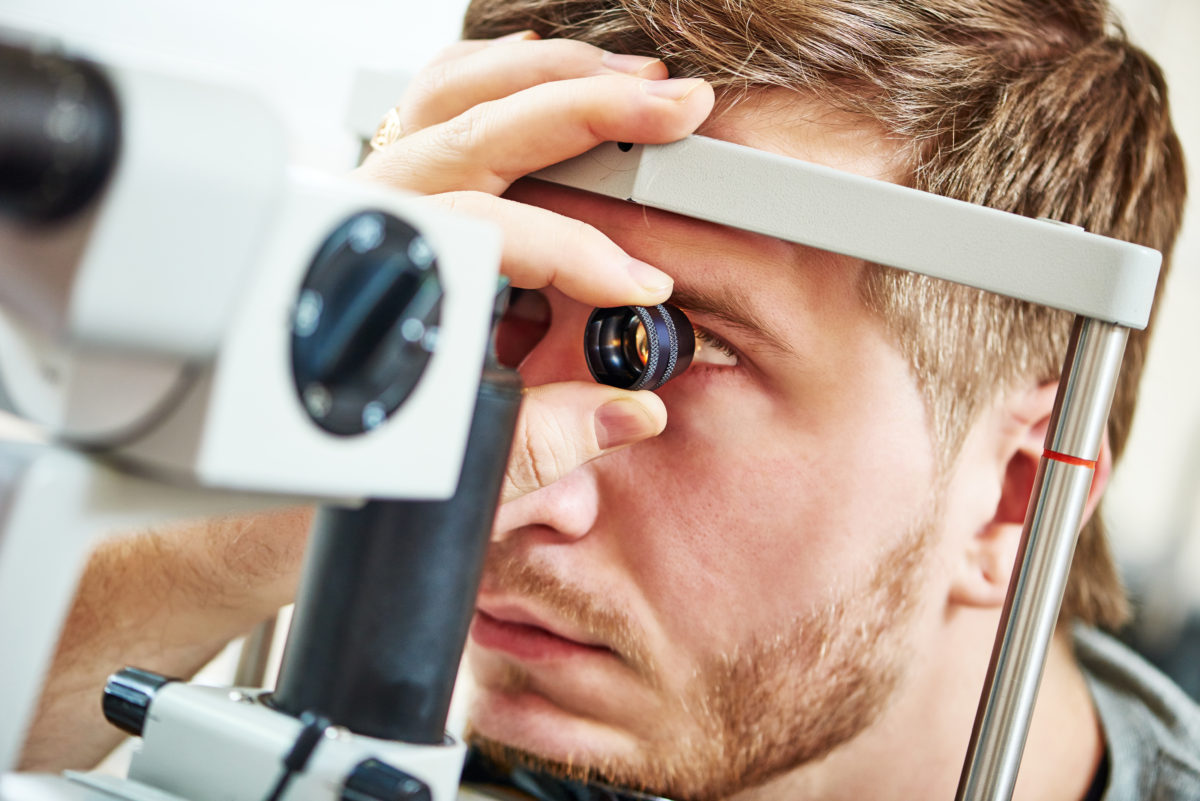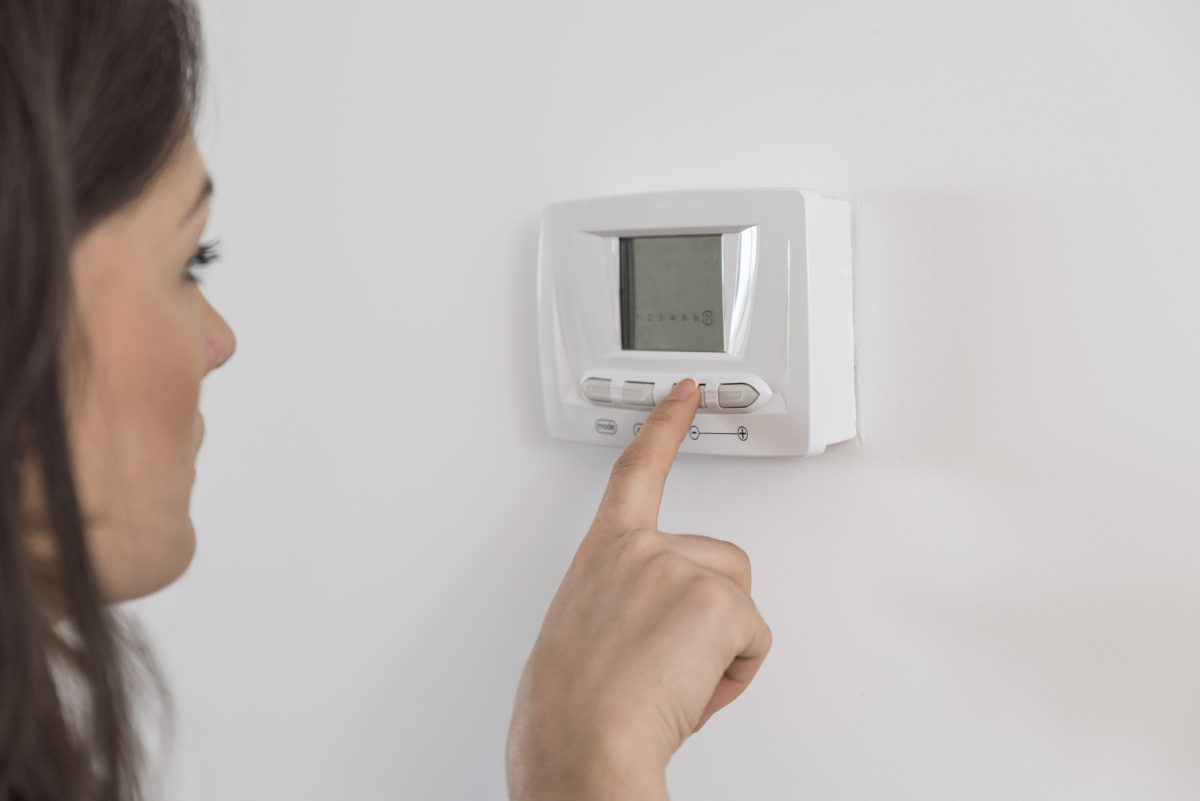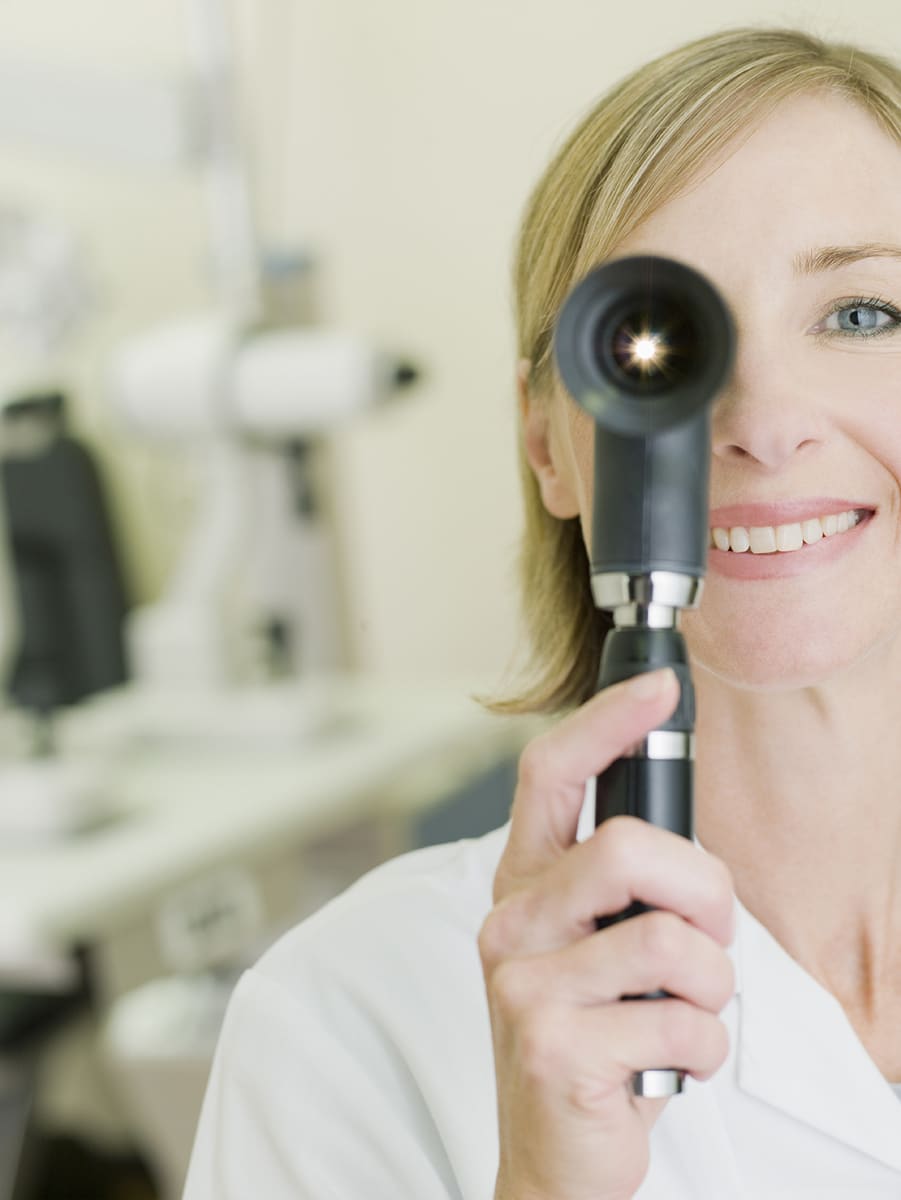One estimate suggests diagnostic errors affect at least 12 million adults each year, or about 5 percent of adults who go to doctors or clinics!
Wrong or late diagnoses are actually more common than medication mistakes or surgery performed on the wrong patient or body part.
This report, released by the Institute of Medicine of the National Academies of Sciences, Engineering, and Medicine, may or may not shock you. Either way it’s clear changes need to be made.
Why are so many diagnoses missed or delayed?
- Poor collaboration and communication among doctors, patients, and their families
- A system that lacks good feedback to doctors about the accuracy of their diagnoses. I.E. If a doctor misses something and another one figures it out, the first doctor often never hears about it
- A culture that discourages transparency and disclosure of diagnostic errors.
I call this last reason as I see it: An out of control medico-legal society where doctors are terrified of being perceived as at fault so they limit what they say to patients and even colleagues.
So now what?
The movement toward quality and safety in medicine has largely ignored this issue– not on purpose I believe but mostly because it’s a daunting task to correct! Do we routinely perform autopsies to uncover missed diagnoses? Do we set up a database where physicians are mandated to report delayed or missed diagnoses? If so who would enforce it?
As medicine becomes more complex, we will need to change the system drastically to protect patients. Doctor networks should encourage consulting between colleagues for advice without placing blame or shame for it.
Big health care organizations need to figure out HOW to track these errors and then educate health professionals on how to avoid them in the future. Hospitals are already doing this – that’s how we know 100,000 patients die yearly due to hospital-related errors.
A much more effective change would be going back to the basics in medical school. I agree with the authors of this report who call for changes to the medical school curriculum; namely emphasizing clinical reasoning, teamwork, communication and diagnostic testing.
Changes at the medical school training level, as crucial as they are, will take years to affect a change. That’s where the patient comes in!
Patients also need to take responsibility for their care: long gone are the days of one physician who knows you well, examines you, sends you for tests that he/she follows up on, interprets and reports back to you to discuss treatment.
Today’s medical workup relies on doctors, radiologists, laboratories, secretaries, technicians as well as electronic health systems that are far from perfect. Way too many steps where something could go wrong!
Patients need to be their own advocates!
GET A SECOND OPINION! Don’t be afraid of hurting your doctor’s feelings. If she has a problem with you obtaining a second opinion then something just isn’t “kosher”. (See my blog on second opinions https://www.docannie.com/why-second-opinions-can-save-lives/.)
FOLLOW UP ON YOUR TESTS! Haven’t heard back with a result from a lab or radiology department? Don’t wait another week – CALL! Things fall through the cracks.
DON’T BE AFRAID TO ASK QUESTIONS! Write down questions before you go to the doctor so you don’t forget or get flustered. Bring a family member or friend with you who can help make sense of things.
Medicine is changing fast – in its technology and its organization. If we don’t address this outrageous issue of misdiagnoses now we may never be able to catch up. “It takes a village” comes to mind here. From lawmakers to large health care groups to the patient and his family – we all have to wake up to this and affect a change!
 English
English French
French German
German






